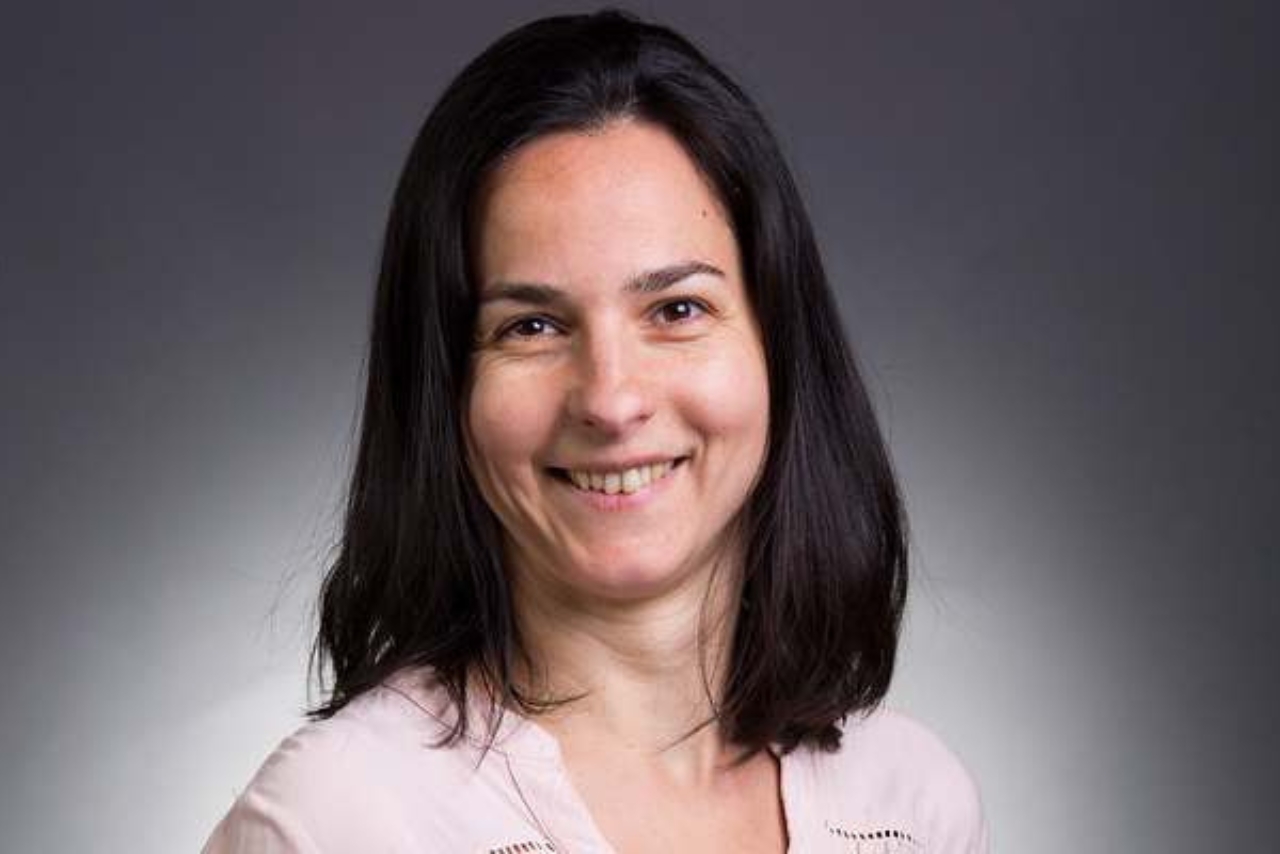Everyone Is a Link in the Chain: Screening Is Common but Little-Known at International Aid Organizations

Through an analysis of publicly available privacy policies of European-based international aid organizations, an online survey, and qualitative interviews, Paragi examined what security screening methods are used and how they are communicated by aid organisations . As demonstrated by earlier research, screenings were originally implemented for compliance with counterterrorism and anti-money laundering regulations. Her research on related data protection issues, published in the journal Surveillance and Society last year, as well as in a monograph and an expert article on Medium.com, underscores that screening is a common yet confidential practice among many aid organizations. However, unlike its counterparts in the financial sector, it remains significantly less regulated and opaquely communicated. Public information about these screenings—such as how employees, local partners, volunteers, or in certain cases, beneficiaries are vetted—is hardly available, often reduced to just a sentence or two in privacy notices posted on websites.
However, these opaque data processing operations are fraught with contradictions. While they strengthen trust between donor states and aid organizations, they also increase the vulnerability of people living in the Global South—often in conflict zones—toward these organizations. Moreover, by undermining downward accountability, they reinforce existing power imbalances between donors and aid organizations from the Global North and the recipients of aid.
International aid organizations operating in conflict zones typically employ thousands, sometimes even tens of thousands, of people. They must also, to some extent, coordinate their activities with state and non-state actors whose approval they require—sometimes even substituting for or operating alongside them—to provide assistance to local populations. This could mean that if employees or transactional partners are flagged as suspicious, their names may need to be disclosed to the governing authorities.
Technologies are used for checking
Given the challenging environments they work in, it is common practice for these organizations to check the backgrounds of their employees and partners—and less frequently, beneficiaries—using commercially available databases before signing contracts and periodically throughout employment or project duration. These databases consolidate international and governmental sanctions lists, among other sources. This practice, which has been known in U.S. government-funded segments of the sector since the beginning of the global war on terror, operates under the controversial and widely criticised pretext of global counterterrorism efforts. However, the European Union has only in the past five years begun conditioning its donations on conditional clauses in grant agreements that effectively place aid organizations in policing role in the context of counterterrorism and preventing violent extremism, as also demonstated by other scholars.
To comply with legal regulations and agreements that govern donations, commercially available platforms offer non-profit clients access to cloud-based, consolidated databases containing multiple watchlists. Some of these lists are publicly available on official websites of states and international organizations—such as lists of sanctioned individuals and their relatives, as well as data published by courts, tax authorities, and law enforcement agencies. Other lists, however, flag individuals as “suspicious” based on open-source information, such as media reports and social media activity. During the screening process, an authorized staff member of an aid organization logs into the online system and has the option to exclude certain countries’ sanction lists if they find the listing policies of certain states irrelevant or unreliable.
The Transparency Issues around Screening
The primary purpose of these screenings is to help aid organizations assess potential risks that could impact their operations, reputation, credibility, and legal compliance. Online screenings aim to identify and filter out individuals involved in terrorism, money laundering, or, in some cases, those accused of sexual violence—before entering into any contractual relationship with them. Understandably, non-governmental organizations (NGOs) want to avoid accusations of contributing to conflicts by financially supporting individuals associated with organized crime or terrorist organizations. The problem, however, lies in the fact that the lists and categories (e.g., “terrorist”) found in consolidated databases often reflect political interests. As a result, human rights activists, organizations and individuals fighting for national self-determination, aid workers, and investigative journalists may also find themselves listed.
While screening methods borrowed from the corporate sector help aid organizations demonstrate accountability to donors, they simultaneously present enormous challenges in terms of meeting transparency obligations under data protection laws. The increasing scrutiny of how aid organizations gather background information on individuals they interact with could also pose a threat to their legitimacy.
Certain data processing operations of aid organizations and how they communicate these practices are sensitive issues—not only because of human rights concerns but also due to the further politicization of foreign aid, both development and humanitarian assistance. This may explain why this topic is rarely discussed with those directly affected and often remains unspoken even within the sector, let alone in public discourse,
says Beáta Paragi, Associate Professor at Corvinus University of Budapest, whose Bolyai-funded research project examines the impact of digitalization on aid organizations.